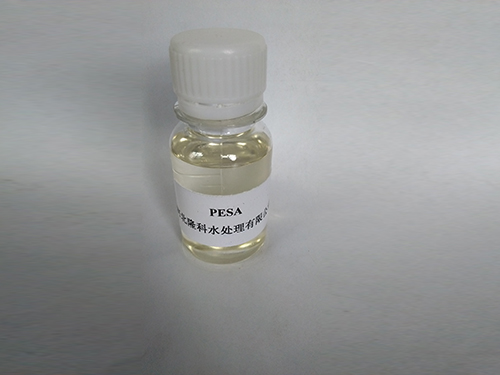cationic polyacrylamide
The Role and Applications of Cationic Polyacrylamide
Cationic polyacrylamide (CPAM) is a synthetic polymer derived from polyacrylamide, characterized by its positive charge due to the presence of quaternary ammonium groups. This unique feature gives CPAM its exceptional properties, making it a valuable agent in various industrial applications, particularly in water treatment, oil recovery, and paper production. Its functionality is largely dependent on its molecular weight as well as the degree of cationic charge.
Water Treatment
One of the primary applications of cationic polyacrylamide lies in the field of water treatment. CPAM serves as a flocculant, aiding in the coagulation and aggregation of suspended particles in water. This process is critical in reducing turbidity and enhancing the clarity of wastewater. When introduced into water, CPAM molecules interact with negatively charged particles, forming larger aggregates that can be easily removed through sedimentation or filtration. This property makes CPAM particularly effective in municipal wastewater treatment, as well as in industrial processes where the removal of fine particulates is paramount.
Moreover, cationic polyacrylamide is highly efficient in treating sludge, improving its dewatering processes. By enhancing the flocculation of sludge particles, CPAM reduces the water content, thus facilitating easier handling and disposal. This is an essential consideration for industries like petrochemicals, pharmaceuticals, and food processing, where waste management is a pivotal aspect of operation.
Oil Recovery
In the oil and gas industry, CPAM plays a significant role in enhanced oil recovery (EOR). During the extraction of oil, water injection is commonly employed to maintain reservoir pressure and displace oil towards production wells. The use of cationic polyacrylamide can modify the fluid properties, improving the mobility of oil and water phases. Its application helps in reducing the interfacial tension between oil and water, thus enhancing the efficiency of recovery methods. This not only maximizes the yield but also minimizes environmental impacts typically associated with conventional extraction techniques.
cationic polyacrylamide

In addition to its use in EOR, CPAM is also utilized in drilling fluids. The unique properties of this polymer help stabilize the borehole during drilling operations, preventing collapses and facilitating the extraction process. This ensures a smoother and more efficient operation, reducing downtime and costs associated with drilling activities.
Paper Production
The paper industry has also found extensive use for cationic polyacrylamide, primarily as a retention and drainage aid. CPAM helps in the effective retention of fine fibers and fillers during the papermaking process, significantly enhancing the quality of the final product. By promoting flocculation, CPAM ensures that more fibers remain in the sheet instead of being lost in the wastewater. Furthermore, its ability to improve drainage rates leads to reduced energy consumption in the drying process, making the overall production more efficient and environmentally friendly.
Environmental Considerations
While cationic polyacrylamide offers numerous advantages, it is essential to consider its environmental impact. Concerns arise from its potential toxicity to aquatic life and the challenges associated with its biodegradation. Therefore, careful consideration and management of CPAM usage are crucial to avoid ecological damage. The development of biodegradable alternatives and extensive research to mitigate adverse effects are ongoing in the scientific community.
Conclusion
Cationic polyacrylamide stands out as a versatile polymer with a wide range of applications across various industries. Its effectiveness as a flocculant in water treatment, a tool in enhanced oil recovery, and an aid in paper production showcases its importance in modern manufacturing processes. As industries continue to seek innovative and efficient solutions, the role of CPAM is likely to expand, paving the way for sustainable practices, provided that environmental considerations are taken into account. The future of cationic polyacrylamide lies in balancing efficiency with ecological responsibility, ensuring that it remains a vital component in industrial applications worldwide.
-
Water Treatment with Flocculant Water TreatmentNewsJun.12,2025
-
Polymaleic AnhydrideNewsJun.12,2025
-
Polyaspartic AcidNewsJun.12,2025
-
Enhance Industrial Processes with IsothiazolinonesNewsJun.12,2025
-
Enhance Industrial Processes with PBTCA SolutionsNewsJun.12,2025
-
Dodecyldimethylbenzylammonium Chloride SolutionsNewsJun.12,2025





